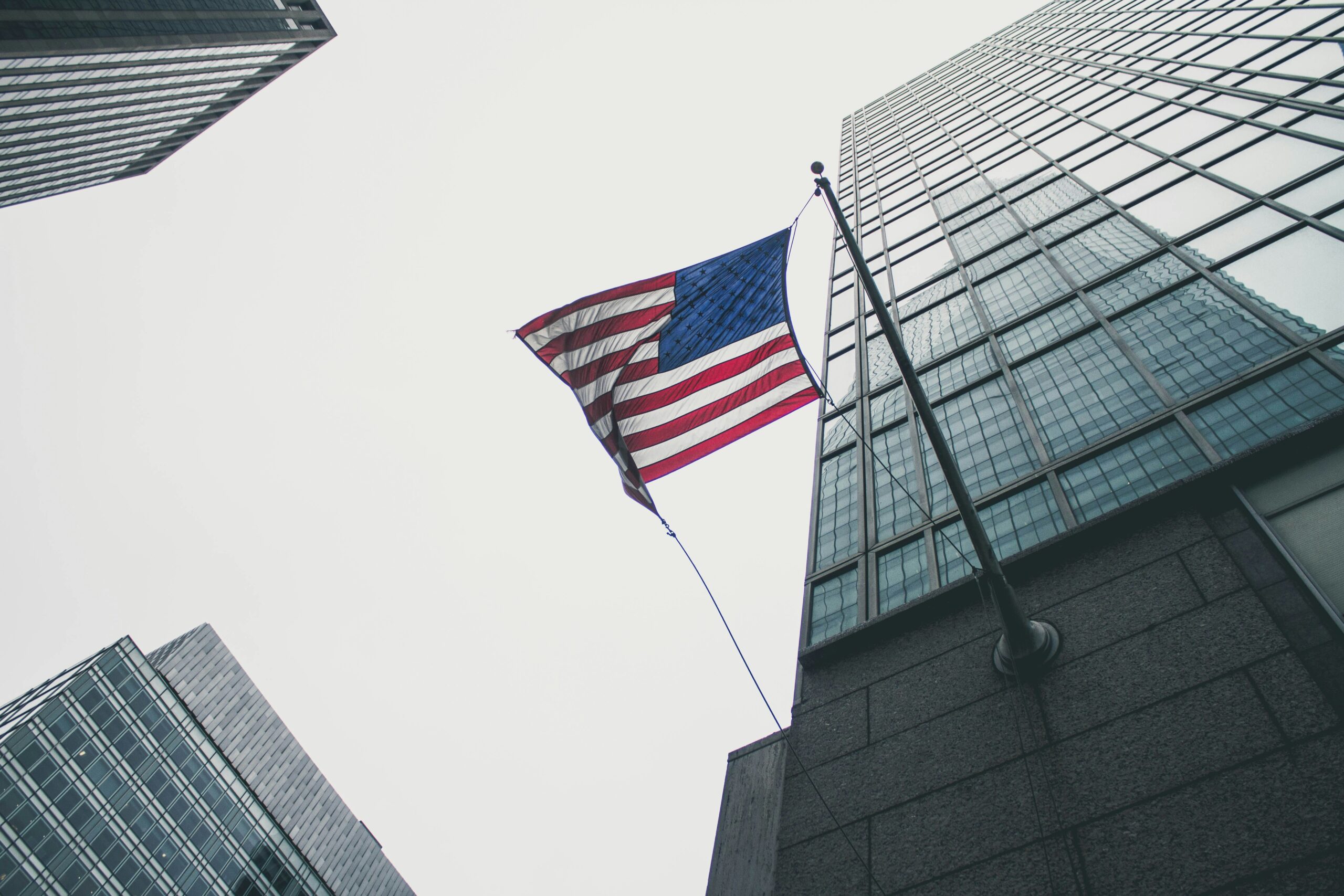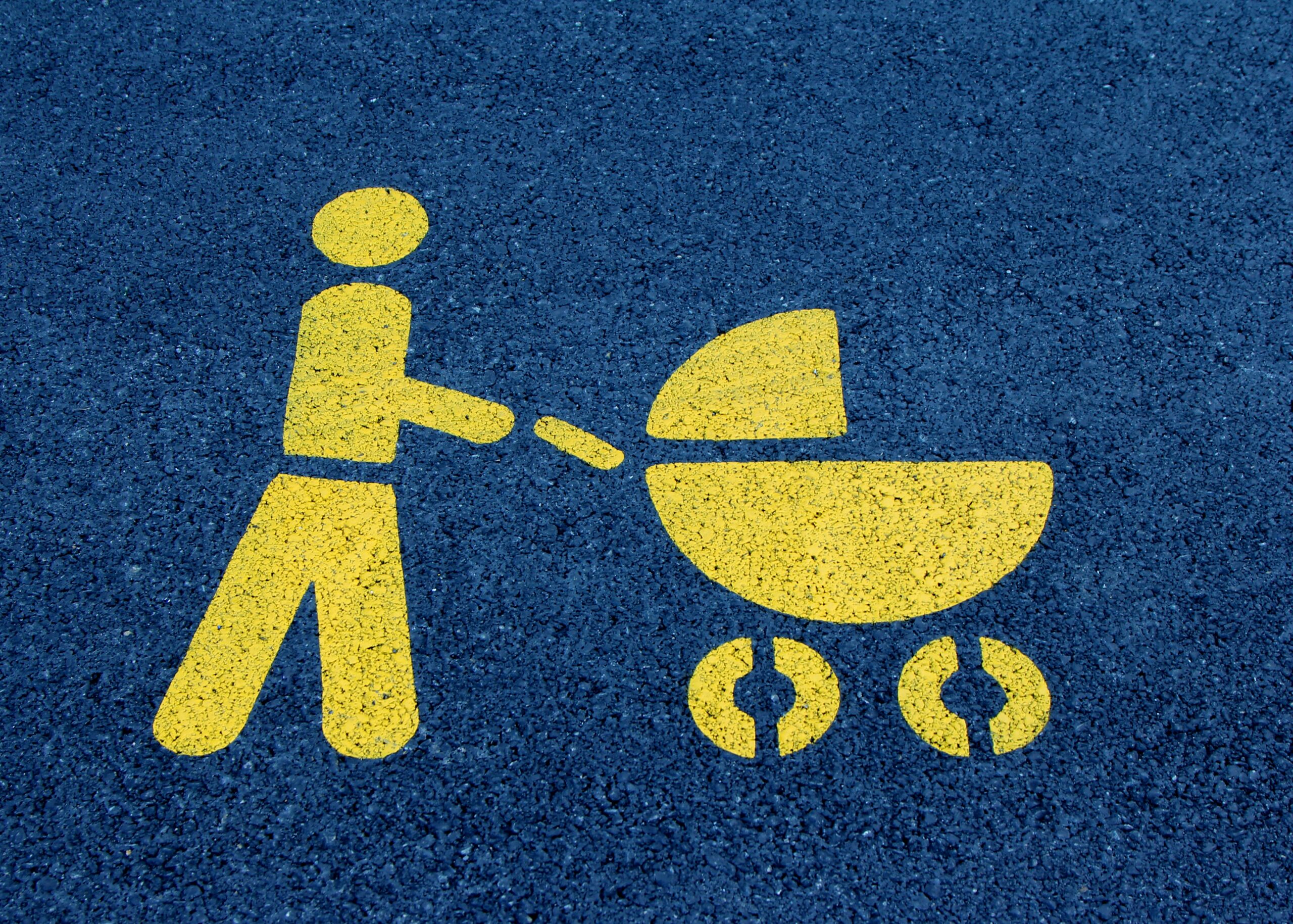
- calendar_today August 5, 2025
Tab 2
What Investors Should Know About USD1 Stablecoin Adoption in the USA?
Meta Description: USD1 stablecoin is making waves across the USA. Discover how it impacts the crypto market, investor adoption, and its competition with USDT and USDC.
Can USD1 Compete with Top Stablecoins in a Heavily Regulated Market?
Stablecoins have rapidly evolved from niche crypto tools to essential bridges between traditional finance and decentralized ecosystems. In the U.S.—a country where financial oversight often lags behind innovation—the stablecoin narrative is taking a sharp turn with the introduction of USD1, a new contender backed by U.S. Treasuries and dollar deposits, launched under the Trump-linked World Liberty Financial.
As crypto investors eye alternatives to the market-dominant USDT and USDC, USD1’s emergence invites a critical question: Can it survive, let alone thrive, in America’s labyrinthine regulatory climate?
Stablecoins: The Stability Crypto Created
Cryptocurrencies, known for their wild price swings, were long viewed as speculative playgrounds for risk-takers. Then came stablecoins—digital assets pegged to fiat currencies like the U.S. dollar, engineered to reduce volatility. And it worked. By 2024, the stablecoin market ballooned past $160 billion, according to CoinGecko, with USDT (Tether) and USDC (Circle) leading the charge.
These stablecoins don’t just serve as trading pairings—they power the infrastructure behind DeFi lending platforms, enable real-time remittances, and smooth the operational gears of crypto exchanges. In this high-stakes arena, USD1 is stepping in with promises of regulatory clarity and government-backed reserves.
USD1 vs. the Giants: What’s the Real Edge?
At first glance, USD1’s promise looks familiar—dollar pegging, stable value, and on-chain transparency. But a closer inspection reveals a strategic differentiator: its full backing by U.S. Treasury securities, a move that aims to assure institutional investors and regulators alike.
While over 80% of USDC’s reserves are also parked in Treasurys, USD1 markets itself as more than just “safe”—it claims direct ties to U.S. monetary assets, which may signal a deeper alignment with national financial policies.
That said, the coin’s political associations can’t be overlooked. USD1’s ties to the Trump family have divided opinions sharply. While supporters of Trump-era economic ideals may see USD1 as a patriotic push toward digital independence, large-scale investors often view politically colored projects as unpredictable. And when it comes to capital, neutrality often outweighs allegiance.
One investment analyst from a New York hedge fund, speaking anonymously, noted that “brand perception matters in digital finance. A stablecoin should evoke trust, not controversy.”
Shifting Tides in U.S. Crypto Regulation
The U.S. remains one of the most difficult jurisdictions for stablecoins to navigate. Agencies like the SEC, Federal Reserve, and OCC often hold overlapping and sometimes conflicting views on what constitutes a compliant digital asset.
While some states, particularly New York and Wyoming, have carved out stablecoin-friendly frameworks, the lack of cohesive federal legislation leaves projects like USD1 at a regulatory crossroads.
Analysts at Bloomberg point out that stablecoin transaction volumes exceeded $10 trillion in 2024, with the U.S. leading global adoption. That figure underscores how vital clarity has become—not just for innovation, but for global competitiveness.
Yet, the clock is ticking. A Central Bank Digital Currency (CBDC) remains on the horizon, and according to Reuters, 65% of institutional investors expect a digital dollar by 2027. Should such a currency materialize, privately issued stablecoins might find themselves squeezed between compliance fatigue and irrelevance.
Institutional Trust and the Battle for Credibility
The path forward for USD1 may hinge less on technology and more on perception. Major financial institutions like JPMorgan Chase and Goldman Sachs have already voiced concerns over privately-issued stablecoins. Their calls for tighter regulations reflect a desire to protect traditional markets, but also reveal skepticism toward new digital entrants like USD1.
For decentralized finance (DeFi) ecosystems, however, USD1 presents an intriguing prospect. Its focus on legal compliance, reserve transparency, and U.S.-centric positioning may make it a favored choice for platforms seeking institutional buy-in.
Some DeFi developers speculate that if USD1 maintains a clean audit trail and adopts open smart contracts, it could find footing not just as a competitor, but as a bridge between DeFi and U.S. financial systems.
What to Watch as USD1 Gains Ground
While USD1’s backers remain confident in its long-term viability, market forces are far from forgiving. The interplay of regulatory developments, institutional trust, and political neutrality will determine whether USD1 becomes a blueprint for future stablecoins or another footnote in crypto history.
For now, its appeal lies in its government-backed reserves and its aggressive entry strategy. But investors are advised to keep a close watch on how federal agencies respond, especially as political shifts and CBDC developments unfold.
The stablecoin wars are far from over, and in a market that prizes both compliance and innovation, USD1 may either rise as a U.S. favorite or fade into obscurity under the weight of its affiliations.









